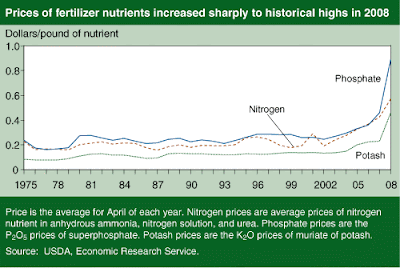Having to dig deeper to fill up the gas tank? You are not alone as gas prices have steadily risen in the past few weeks, but the possibility of gas hitting $5 a gallon by summer as many analysts are predicting is very unlikely, says a Texas A&M University economist who has studied oil prices for decades.
John Moroney, professor of economics and an oil analyst for more than 30 years, says the possibility of gas reaching $4 a gallon from its current national average of around $3.45 is possible in the next few months, but not all that likely. As for gas hitting five bucks a gallon, don’t lose sleep about it, he advises.
“It is true prices have gone up in the last month or so,” he explains.
“Oil prices are now about $100 or so a barrel. For gas to cost $5 a gallon, prices would have to be in the $140-150 a barrel range, and I just don’t see it happening. A series of things would have to happen for that to occur, and I just don’t think it is very likely.”
Moroney has spent much of his career charting oil ups and downs. He authored Power Struggle: World Energy in the 21st Century, a book about energy demands and production several years ago.
One big reason he thinks oil prices will not rise too much over the next few months: oil production is on the rise.
New discoveries of huge oil reserves have been made in the last few years, and production of oil from shale has risen dramatically all over the U.S. and other countries. Gas prices hit a record of $4.11 a gallon in July 2008, and Moroney says he remembers “that time well because West Texas intermediate crude hit $147 a barrel.”
As for now, Moroney notes, “Shale production has been going extremely well and it is leading to more oil in the marketplace,” he says.
“For that reason alone, I don’t think you will see any dramatic shortages happen any time soon.
“The price increases over the past few weeks are fairly normal price fluctuations of oil. Could gas go to $4? It is possible, but not a certainty. Could it go to $5? I just don’t see it happening.
“You have to remember that for the oil producers in the Middle East, their very lives and economies depend on oil. They need the markets to be fairly stable. It is true demand is increasing, but then so is production of oil.
“One thing I have learned over the past 30 years is that predicting oil prices is very, very difficult to do because oil is so sensitive to world events,” he notes. “It is one of the most unpredictable commodities in the world. But I don’t see any huge gas price increases in the near future.”

 WEBCAST: Winter 2011-12 Energy Markets Outlook
WEBCAST: Winter 2011-12 Energy Markets Outlook
